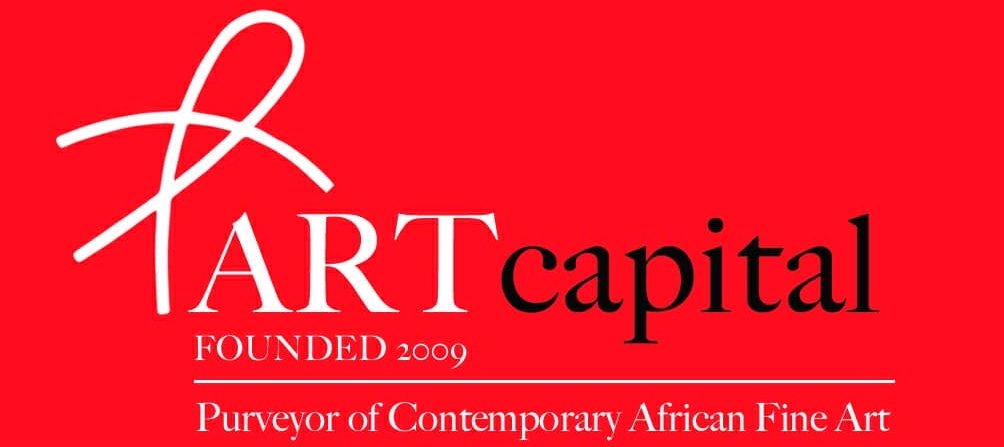By Nii B. Andrews.
An important exhibition comprising over 200 art objects spanning a period of more than 2000 years opened at the Met Museum in New York City on Jan 30; it will run until May 10.
The exhibition is titled, “SAHEL: Art and Empires on the Shores of the Sahara”.
It focuses on the art of the ancient African empires of Ghana, Mali, Songhai and Segu; the impact of trade, learning, exchange, warfare and slavery on the region, its repercussions on the contemporary geopolitics of West and Northern Africa, and certainly also on the often stalled Pan-African project.

Dr. Mamadou Diouf, director of Columbia University’s Institute for African Studies and a consultant for the exhibition explained, “The exhibit forces us to ask, what is the legacy of this long history? How has it been affected by colonial and post-colonial legacies?”.
Part of the thrust of the exhibition is to provide an alternative perspective to contemporary narratives of violence and insecurity that Mali, Burkina Faso and Niger are facing.
In the process, the exhibition is an important step towards building a more inclusive and accurate view of world history, since that is indispensable for dealing with today’s challenges both in the Sahel and abroad.

The water metaphor in the exhibition title unveils and conceals.
It invites us to jettison the spurious division imposed by the vast stretches of the desert and the narrative of a north and south differentiated by religion and an odious colorism.
The Sahara has never ever been an insurmountable barrier. On the contrary it has always been a space for the exchange and passage of goods, people and ideas; a sea of sand.
The word SAHEL (the Sahara’s southern border) carries within it a seafaring metaphor; it is derived from the Arabic word “sahil”- referencing a coast or bank.

Thus the Sahara with its first group of inhabitants dating to the Neolithic period, “was a matrix for an original cultural unit that allowed north south bilateral trade flows, and also traffic from east to west and from west to east including Egypt”.
Furthermore, on Africa’s east coast, the same root word occurs in SWAHILI, referencing another hybrid culture that for over 2000 years has existed along the Indian Ocean.
The Met exhibition includes objects made from clay, iron, gold, wood, stone, ink and cloth.
